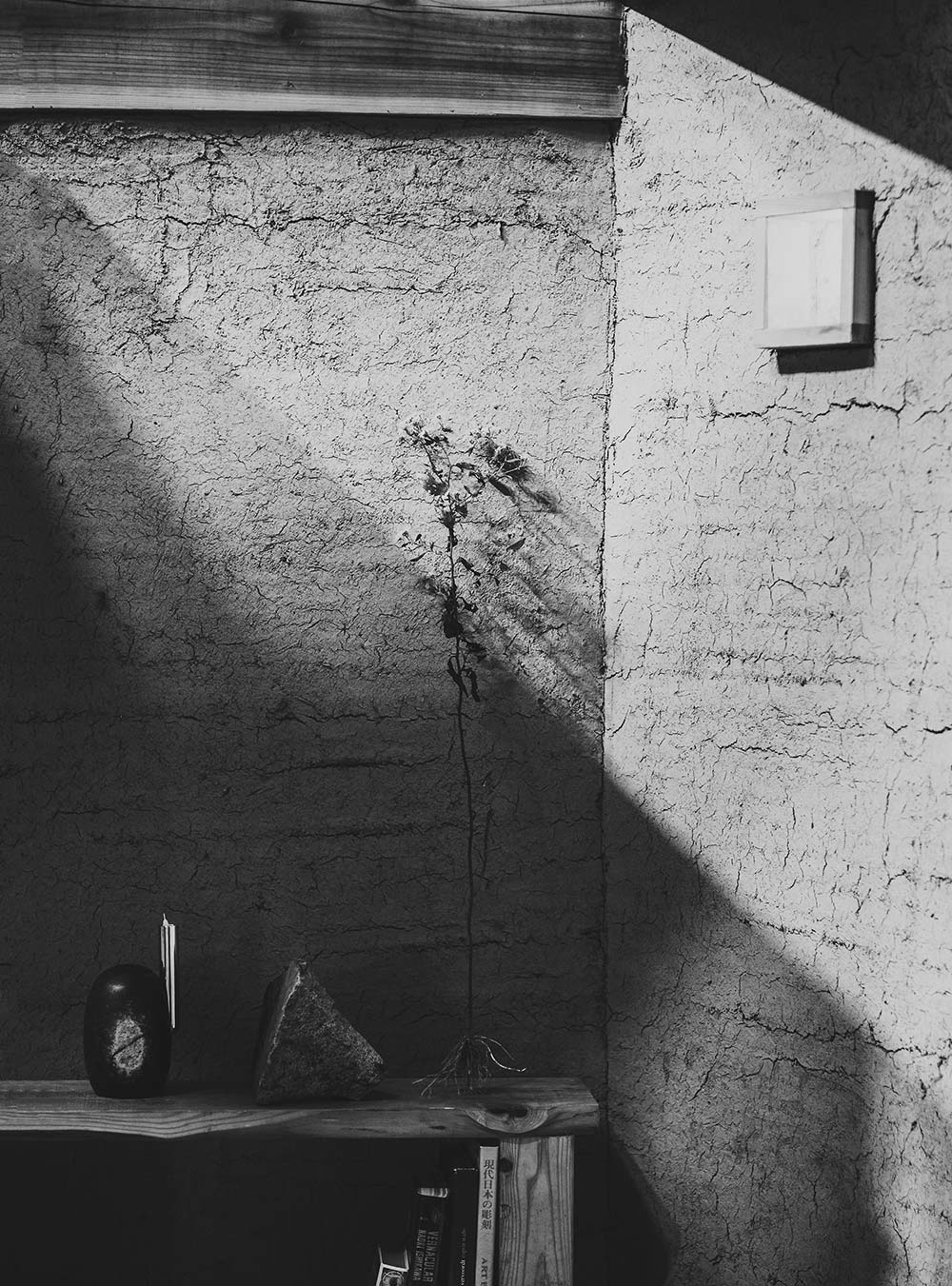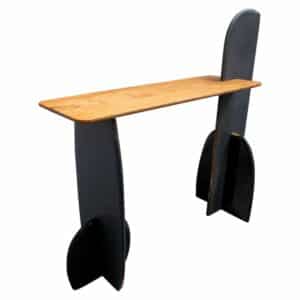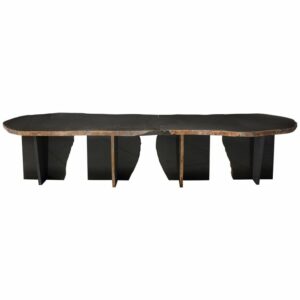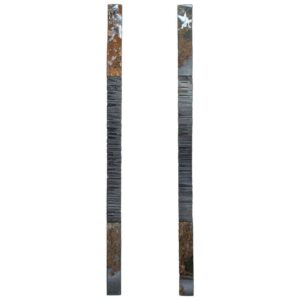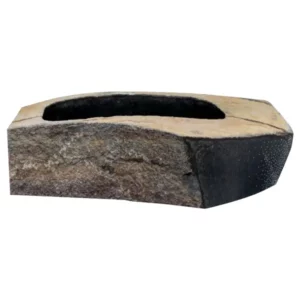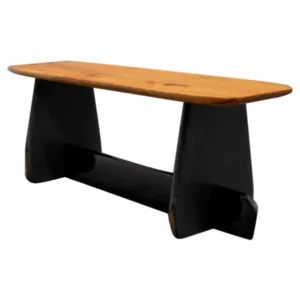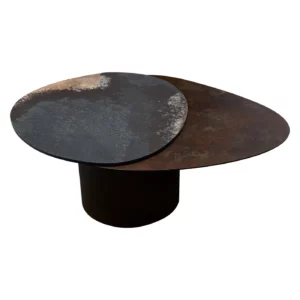At Okurayama Studio, the highly skilled crafters handle the entire process of quarrying, processing, and shaping the Daté Kan Stone, which is internationally renowned for its unique appearance.
They deliver the strength and beauty of Daté Kan Stone to the world in a variety of forms of art and design sculptural pieces.
The Daté Kan Stone is a rare stone that exist only in a few mountains in Japan.
The defining characteristic of Daté Kan Stone is that its surface and interior are completely different in appearance. Just when you think the surface is ocher in color, rust-colored sections and reddish-brown streaks like those found on Bizen pottery will appear. No two pieces have the same appearance. The stone’s interior, however, is a uniformly dark-gray color with rusty hues that slowly become more prominent as the years go by. That contrast can be utilized to produce a stone that looks like none other in the world; gorgeous ocher and reddish-brown sections are left partially visible while cut edges are polished to a glossy sheen. This unique process of shaping the stone’s appearance leverages the experience and aesthetic sense that Okurayama Studio has developed through our interaction with a multitude of creators.
Date´ Kan Stone is a kind of basalt / igneous rock known as two-pyroxene basaltic andesite that was created around 20 million years ago. It has a dense grain and high specific gravity due to its significant iron content, which makes it resistant to water and gives it a brilliant luster when polished.
Visitors to the Okurayama quarry can observe raw Daté Kan ore in a variety of forms such as the columnar joints that protrude from the Earth’s surface and the weathered round boulders that are mined from it. Columnar joints are created when cooling magma hardens and contracts, generating fissures on the cooled surface which then spread internally in the vertical direction. The rusty color characteristic of Okurayama’s stone is believed to be the result of air and moisture penetrating these fissures and oxidizing the iron content of the columnar joints on the two occasions when the area sunk to the ocean floor due to shifts in the Earth’s crust.
Cutting the Daté Kan ore in sections parallel to the joints gives it sculpted shapes that provide a wealth of inspiration even in their unprocessed forms. The wholly unique form and appearance of Daté Kan Stone continues to fascinate architects, artists, and designers both within Japan and abroad.

